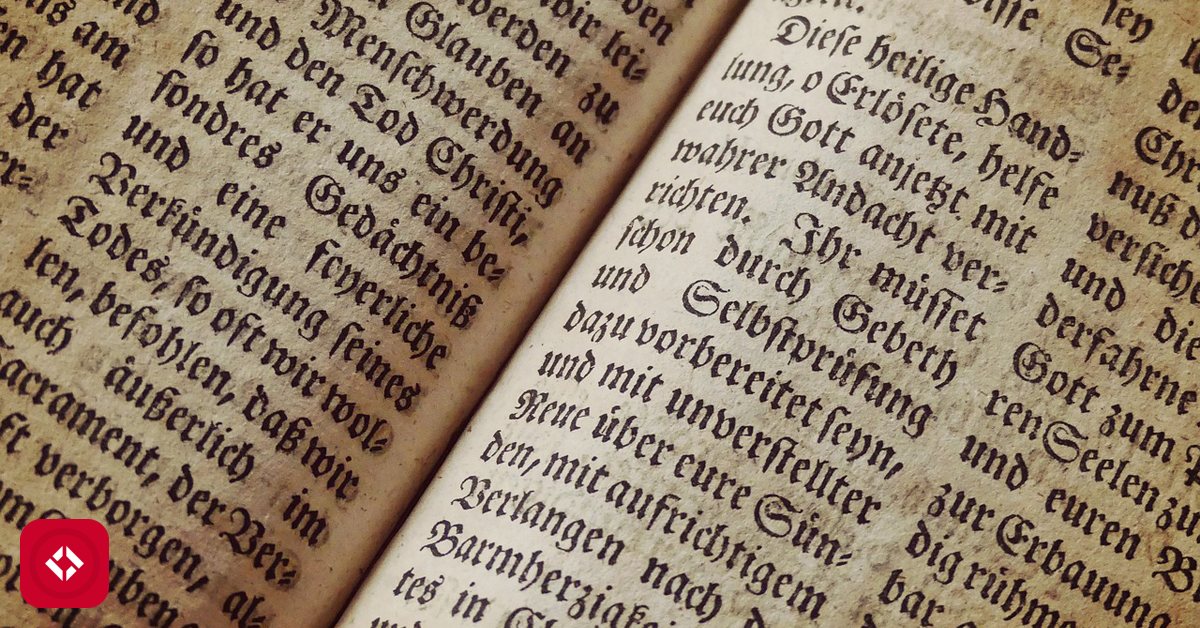Sample Programs in Every Language
A Collection of Code Snippets in as Many Programming Languages as Possible
This project is maintained by TheRenegadeCoder
The Pascal Programming Language
Published on 10 April 2018 (Updated: 22 July 2025)
Welcome to the Pascal page! Here, you'll find a description of the language as well as a list of sample programs in that language.
This article was written by:
- Jeremy Grifski
- Ron Zuckerman
Description
According to Wikipedia, Pascal is an imperative and procedural language which first appeared in 1970. Pascal's creator, Niklaus Wirth, designed the language with compiler and runtime efficiency in mind. In addition, Wirth drew much of the inspiration for Pascal from the ALGOL family of languages.
That said, Pascal isn't simply an ALGOL clone. In fact, Pascal includes many additions to ALGOL such as mechanisms for defining custom datatypes. Likewise, the language includes several additional features like enumerations, subranges, and records.
As an added bonus, Pascal is a strongly typed language. This forces the user to explicitly write conversions between types, so errors can be caught at compile time. Unfortunately, I've read that Pascal has a loophole in the type system. I just haven't found any articles describing it. If you know, let me know in the comments.
Before we get into Hello World, I want to look a bit deeper at sets because I find them interesting. In Pascal, we can define a set as follows:
var
Set1 : set of 5..20;
Set2 : set of 'f'..'m';
With Pascal being such an old language, I find it interesting how intuitive the set syntax is. In fact, I can't think of many industrial languages that have such a nice syntax for setting up lists or sets. In fact, here's how you would generate a list of numbers in a few languages:
// Java 8+
int[] range = IntStream.rangeClosed(5, 20).toArray();
# Python 3
list(range(5, 20))
// JavaScript
var list = [];
for (var i = 5; i <= 20; i++) {
list.push(i);
}
// C#
int[] values = Enumerable.Range(5, 15).ToArray();
That Pascal set syntax is great. In fact, it even allows us to do fun things like check values in some range:
if i in [5..20] then
At any rate, I think we've played around enough
Articles
There are 38 articles:
- Baklava in Pascal
- Base64 Encode Decode in Pascal
- Binary Search in Pascal
- Bubble Sort in Pascal
- Capitalize in Pascal
- Convex Hull in Pascal
- Depth First Search in Pascal
- Dijkstra in Pascal
- Duplicate Character Counter in Pascal
- Even Odd in Pascal
- Factorial in Pascal
- Fibonacci in Pascal
- File Input Output in Pascal
- Fizz Buzz in Pascal
- Fraction Math in Pascal
- Hello World in Pascal
- Insertion Sort in Pascal
- Job Sequencing in Pascal
- Josephus Problem in Pascal
- Linear Search in Pascal
- Longest Common Subsequence in Pascal
- Longest Palindromic Substring in Pascal
- Longest Word in Pascal
- Maximum Array Rotation in Pascal
- Maximum Subarray in Pascal
- Merge Sort in Pascal
- Minimum Spanning Tree in Pascal
- Palindromic Number in Pascal
- Prime Number in Pascal
- Quick Sort in Pascal
- Quine in Pascal
- Remove All Whitespace in Pascal
- Reverse String in Pascal
- Roman Numeral in Pascal
- Rot13 in Pascal
- Selection Sort in Pascal
- Sleep Sort in Pascal
- Transpose Matrix in Pascal